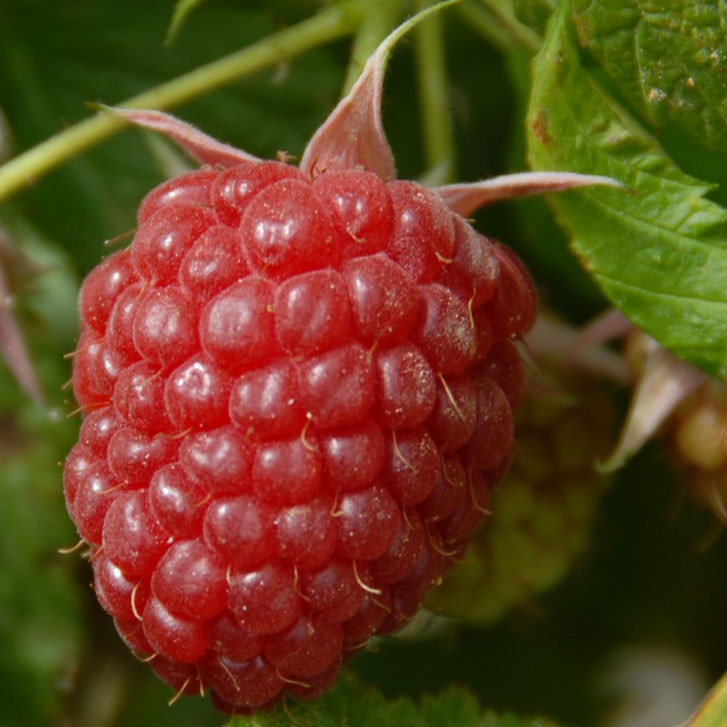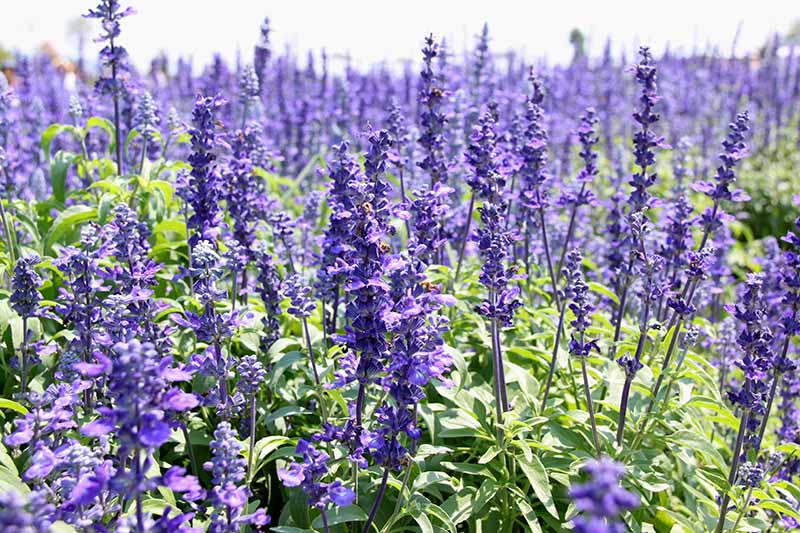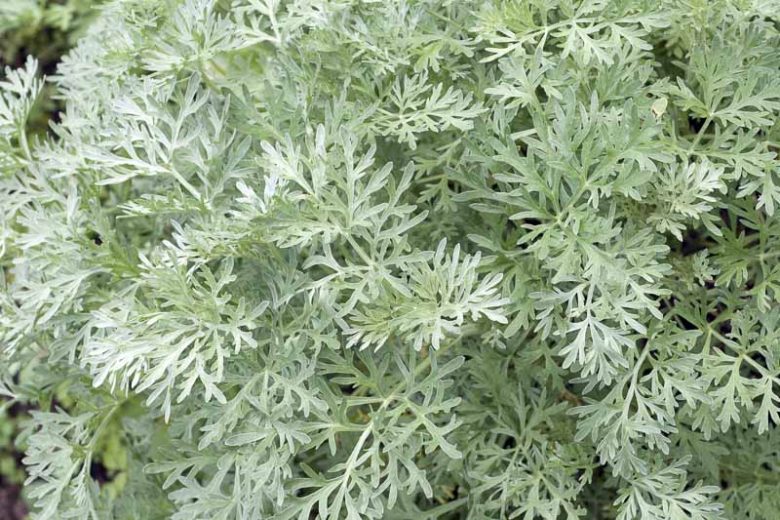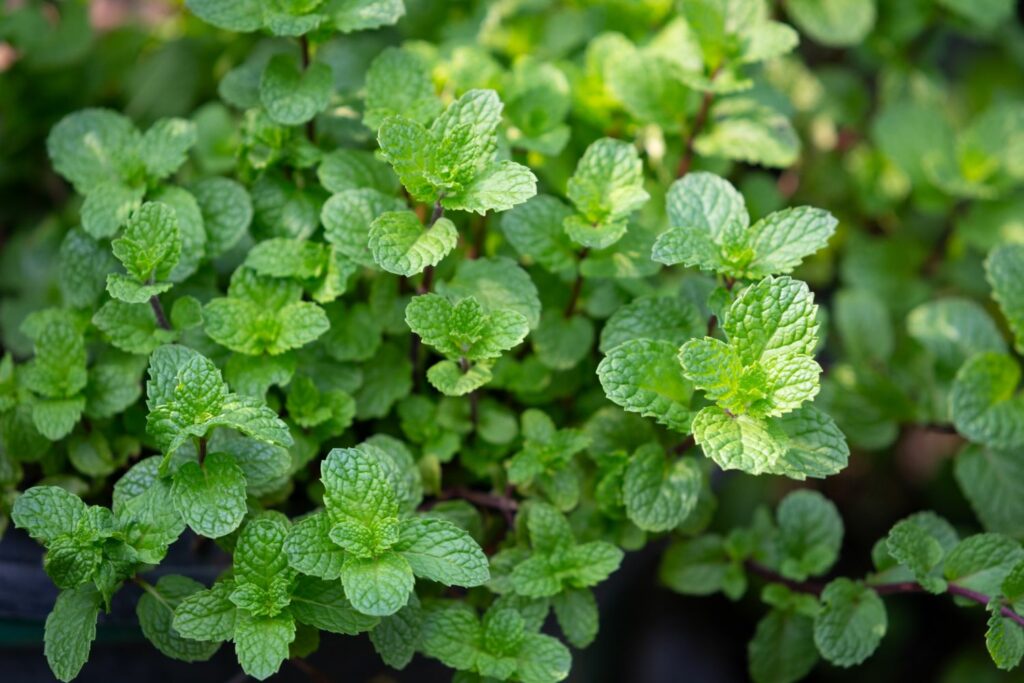Companion planting on the allotment
The principal of Companion planting is all about grouping plants in your beds or greenhouse that benefit each other.
Companion plants can help to control pests by confusing them or by attracting predators. They can also act as sacrificial plants, luring pests away from a precious crop. They can also help each other by giving support, or by adding nutrients to the soil.
While the best companion plants differ from one variety to the next, there is one plant that can be beneficial to most plants but especially in the vegetable garden; the humble marigold and our old friend Jimmy always planted them.
Most of us love the idea of companion planting, the underlying principle being that by uniting one species with another we’ll free a plant from the scourge of some particular pest or have a miraculous effect on productivity.
Off the scent
First to the plants with strong smells – these can be used to camouflage the odour of precious crops that a pest is after. Most of us have the impression that the smell of onions deters carrot fly.
Apparently this well-known companion planting is rubbish.
Geoff Hamilton did controlled experiments and found no evidence that the onion gave any protection. This was backed up more recently by trials Charles Dowden carried out in his Somerset organic veg and salad garden.
To deter carrot fly, it’s best to use Enviromesh or fleece around the edges of the carrot bed, stretched as a screen three-feet high. The pest is a ground flyer and won’tmake it over the screen.
There are more positive reports of summer savory – a strong and delicious herb – used to protect broad beans from black bean aphid. The aromatic herb prevents the aphid from smelling the beans. This, combined with pinching out the tips of the broad bean plants when they’re just starting to form beans at the base, will help to keep the plants aphid-free.
Some say that broad beans and potatoes planted near each other inhibit the pests that attack the other. Also all beans grow well near carrots, cucumber, cabbage, lettuce, peas, parsley and cauliflowers, but less well near onions, garlic, leeks and fennel.
In a brassica bed many recommend hyssop for its repellent effect placing three or four plants in a 4 x 15ft brassica bed.
Artemisia plays the same role: the cabbage whites coming in to land, but when they get a whiff, have second thoughts and go on somewhere else. This works best on a sheltered site, so the wind doesn’t carry the strong smell away.
Then there’s mint, brilliantly effective if you have an ant infestation If the ants get bad, just tear up a bunch of mint and scatter it and replace every few days. The ants disappear. The best varieties to grow are peppermint and spearmint.
Mint spreads easily, so it is best to confine it to a pot.
Fatal attraction
The next category of companions are the sacrificial plants, so tempting to pests that they draw them away from more precious plants.
If you ever have basil in a greenhouse, it will be crawling with whitefly long before the tomatoes succumb. Plant basil in pots so you can move them outside every few days and so keep the whitefly at bay.
Some types of companion planting work by drawing in good insects, rather than repelling the bad. It’s an excellent idea to attract as many hoverflies to your veg garden as you can, as they’re the best natural predators of aphids.
The strong colour of calendulas and marigolds attracts hoverflies, lacewings and ladybirds. The insect females feed on the calendulas’ protein-rich pollen before laying eggs on colonies of aphids, which provide a ready food source when the larvae hatch.
Sow marigolds in succession to keep flowers coming, or follow them with any of the umbellifers, the poached egg plant or tagetes.(French marigolds) It’s the orange or yellow colour range that hoverflies love best; this also draws in other pollinators, thus increasing your harvest of many important and popular crops, such as runner beans, tomatoes, cucurbits and fruit.
Bees love the combination of pollen and nectar that dandelions provide and, as they flower in April and May when all the fruit blossom is out, they are invaluable for fruit pollination.
Soulmates
There are certain plants that are simply good friends. Planted together, they give you a better crop than they would in isolation.
Basil grown with aubergines and peppers increases productivity.
In the vegetable garden dwarf beans, beetroot and potatoes planted in alternate rows, help each other to stay healthy and make a good yield.
It is also reported that cucumbers luxuriate in the shade of sunflowers or sweetcorn.
Brussel sprouts planted near to lettuce are noticeably larger than the Brussel sprouts planted alone, suggesting that small plants at wide spacings do feel lonely!
Repellents
Finally, on to the plants with roots that exude chemicals repellent to other plants and insects. Tagete roots work against soil pests, such as eelworm, so they’re brilliant near potatoes. Tagetes minuta is effective against perennial weeds such as bindweed, couch grass and ground elder as it gives out a chemical from its roots that is toxic to them.
It may sound far-fetched, but gardener Sarah Raven can vouch for its efficacy: it cleared her ground elder from her rose garden.
With vegetable seed sowing now at full tilt, it could be time to take these symbiotic relationships seriously and introduce more companion plants to your own garden/plot.
Comments
Login to commentThere are no comments...











